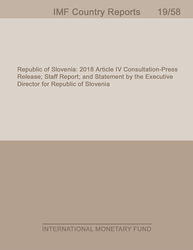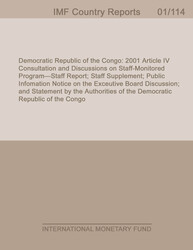
Philippines : Selected Issues
This article is an empirical analysis on tax collections in the Philippines. The tax system is characterized by a rule of tax incentives provided by 13 investment agencies. Tax collections showed regular growth. The GDP ratio increased from 12.1 percent (2009) to 12.8 percent (2012), but the revenue-to-GDP ratio was low to fill large gaps for education, health, and infrastructure; therefore the authorities encompassed the sin taxes (alcohol and tobacco excises). The most important source of income for the Philippines is the labor export. This large-scale labor emigration fetches a sufficient amount of annual inflows of more than 9 percent of GDP.
Publication date: April 2013
ISBN: 9781484301067
$18.00
Add to Cart by clicking price of the language and format you'd like to purchase
Available Languages and Formats
| English |
Prices in red indicate formats that are not yet available but are forthcoming.
Topics covered in this book
This title contains information about the following subjects.
Click on a subject if you would like to see other titles with the same subjects.
Economics- Macroeconomics , Economics- Macroeconomics , Taxation - General , Taxation - General , tax base , tax collections , tax rates , tax revenue
Also of interest
Summary
Copyright © 2010 - 2026
Powered by:
AIDC



